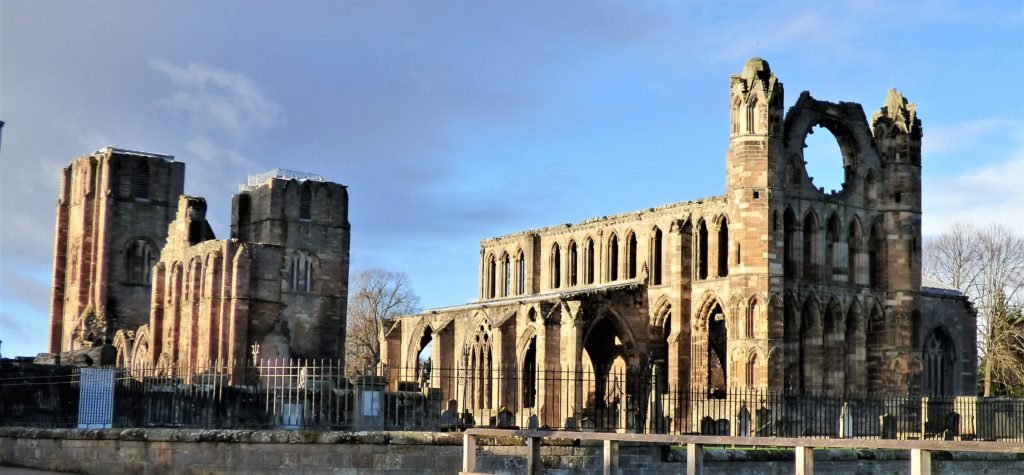Upon leaving my northern Scottish castle in Tain, the sun was shining, and it was a magnificent day!
I did have to sit in the car for a while to warm it up and to remove the eighth-inch layer of ice on the windscreen before heading off in 2oC / 35oF temperature – and I could not have asked for a more perfect day!



Along the way, there was field after field with bales of hay – thanks to such a fabulous winter! There has been so much sun, that the farmers have been able to get two cuttings of hay – a feat that hasn’t been achieved for many years…

My initial destination, Elgin Cathedral ruins… I was expecting something lovely – but this was amazing!
Upon setting my eyes on the cathedral ruins, I felt a greater sense of awe than sighting the Colosseum for the first time!

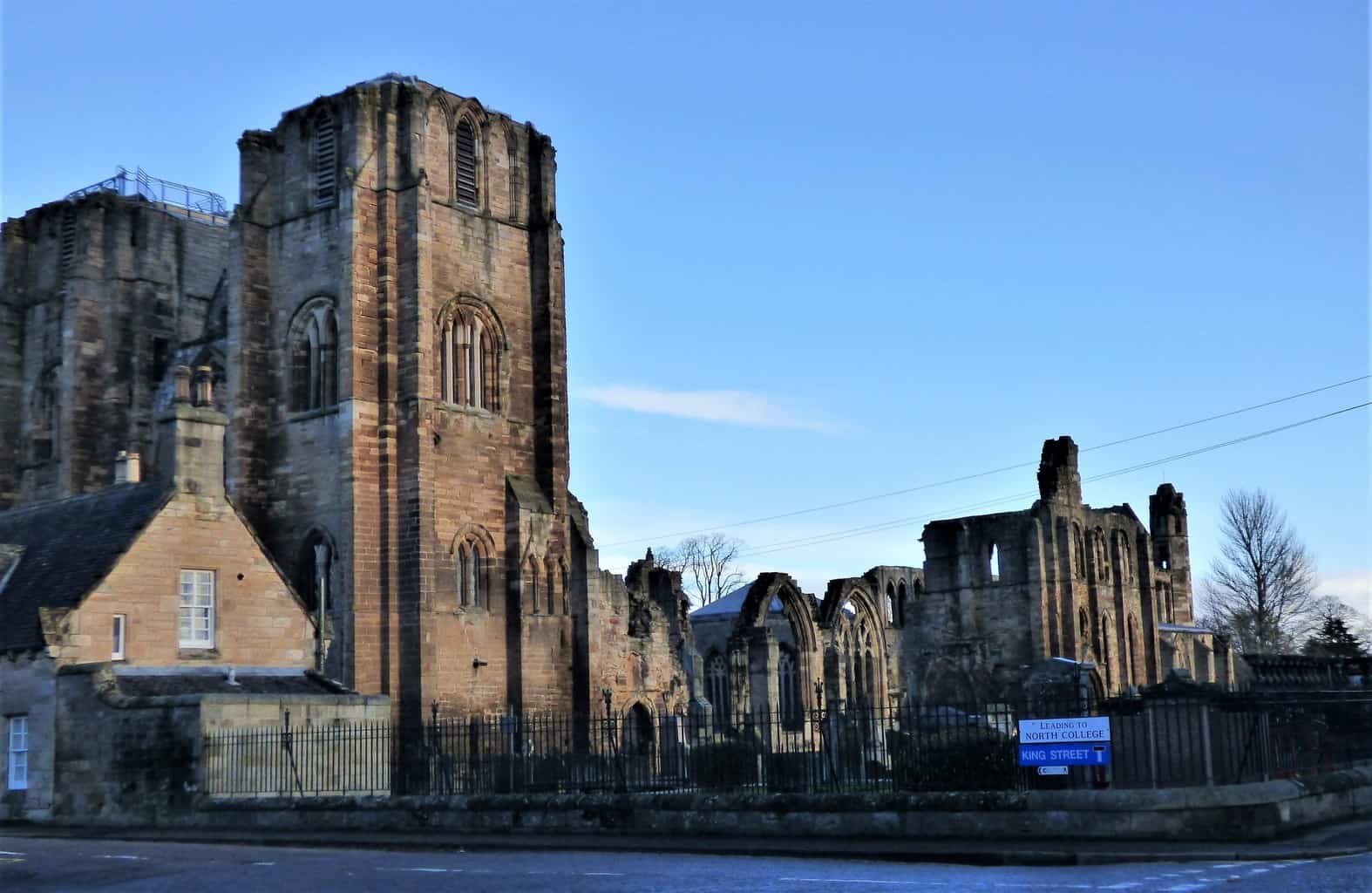



From Wikipedia: Elgin Cathedral is a historic ruin in Elgin, Moray, north-east Scotland. The cathedral—dedicated to the Holy Trinity—was established in 1224 on land granted by King Alexander II outside the burgh of Elgin and close to the River Lossie. It replaced the cathedral at Spynie, 3 kilometres (1.9 mi) to the north, that was served by a small chapter of eight clerics.
The new and bigger cathedral was staffed with 18 canons in 1226 and then increased to 23 by 1242. After a damaging fire in 1270, a rebuilding programme greatly enlarged the building. It was unaffected by the Wars of Scottish Independence but again suffered extensive fire damage in 1390 following an attack by Robert III’s brother Alexander Stewart, Earl of Buchan, also known as the Wolf of Badenoch.
In 1402 the cathedral precinct again suffered an incendiary attack by the followers of the Lord of the Isles. The number of clerics required to staff the cathedral continued to grow, as did the number of craftsmen needed to maintain the buildings and surrounds. The number of canons had increased to 25 by the time of the Scottish Reformation in 1560, when the cathedral was abandoned and its services transferred to Elgin’s parish church of St Giles.
After the removal of the lead that waterproofed the roof in 1567, the cathedral steadily fell into decay. Its deterioration was arrested in the 19th century, by which time the building was in a substantially ruinous condition.
The cathedral went through periods of enlargement and renovation following the fires of 1270 and 1390 that included the doubling in length of the choir, the provision of outer aisles to the northern and southern walls of both the nave and choir. Today, these walls are at full height in places and at foundation level in others yet the overall cruciform shape is still discernible.
A mostly intact octagonal chapter-house dates from the major enlargement after the fire of 1270. The gable wall above the double door entrance that links the west towers is nearly complete and was rebuilt following the fire of 1390. It accommodates a large window opening that now only contains stub tracery work and fragments of a large rose window. Recessed and chest tombs in both transepts and in the south aisle of the choir contain effigies of bishops and knights, and large flat slabs in the now grass-covered floor of the cathedral mark the positions of early graves. The homes of the dignitaries and canons, or manses, stood in the chanonry and were destroyed by fire on three occasions: in 1270, 1390 and 1402.
The two towers of the west front are mostly complete and were part of the first phase of construction. Only the precentor’s manse is substantially intact; two others have been incorporated into private buildings. A protective wall of massive proportions surrounded the cathedral precinct, but only a small section has survived. The wall had four access gates, one of which—the Pans Port—still exists.
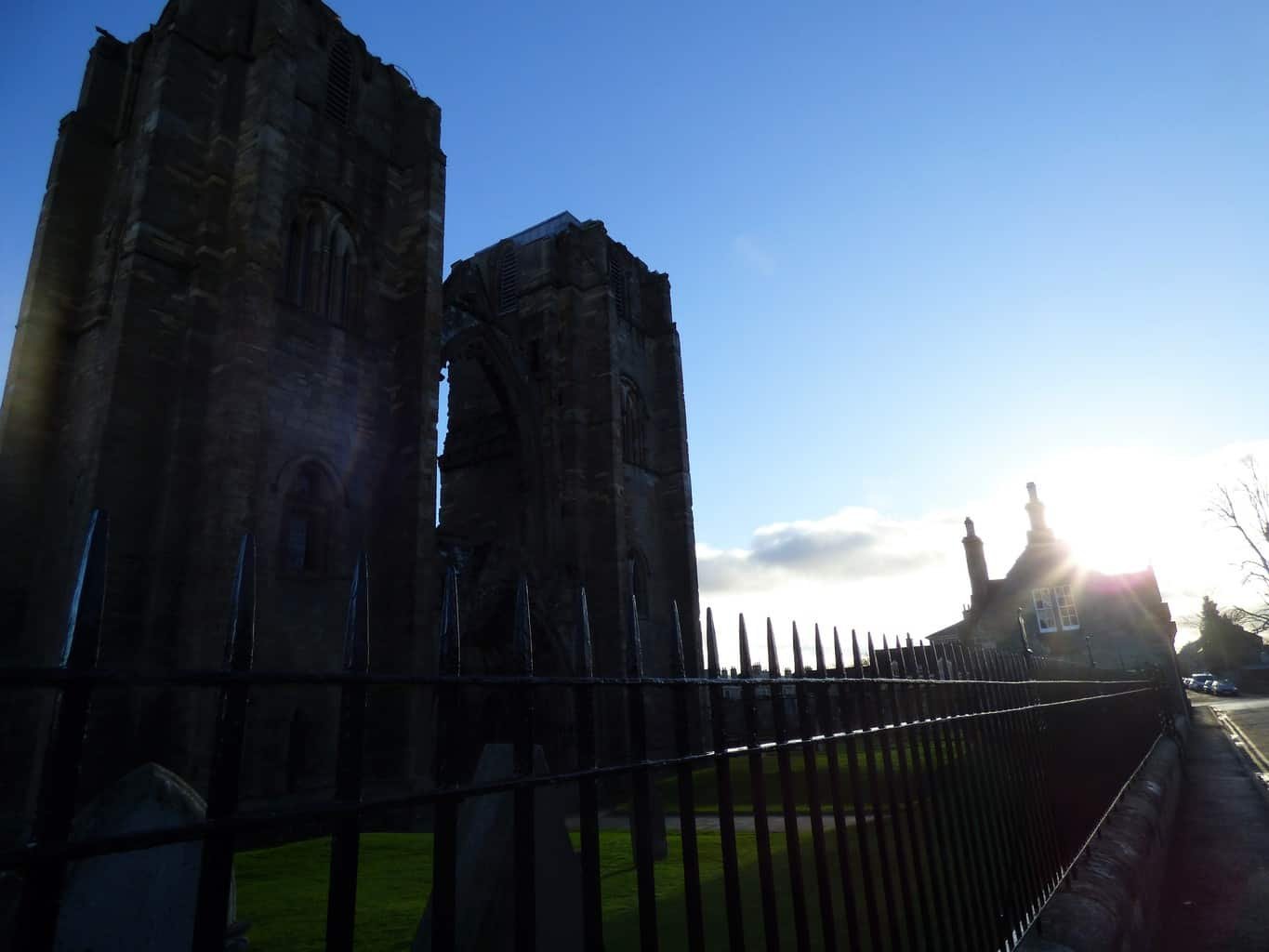








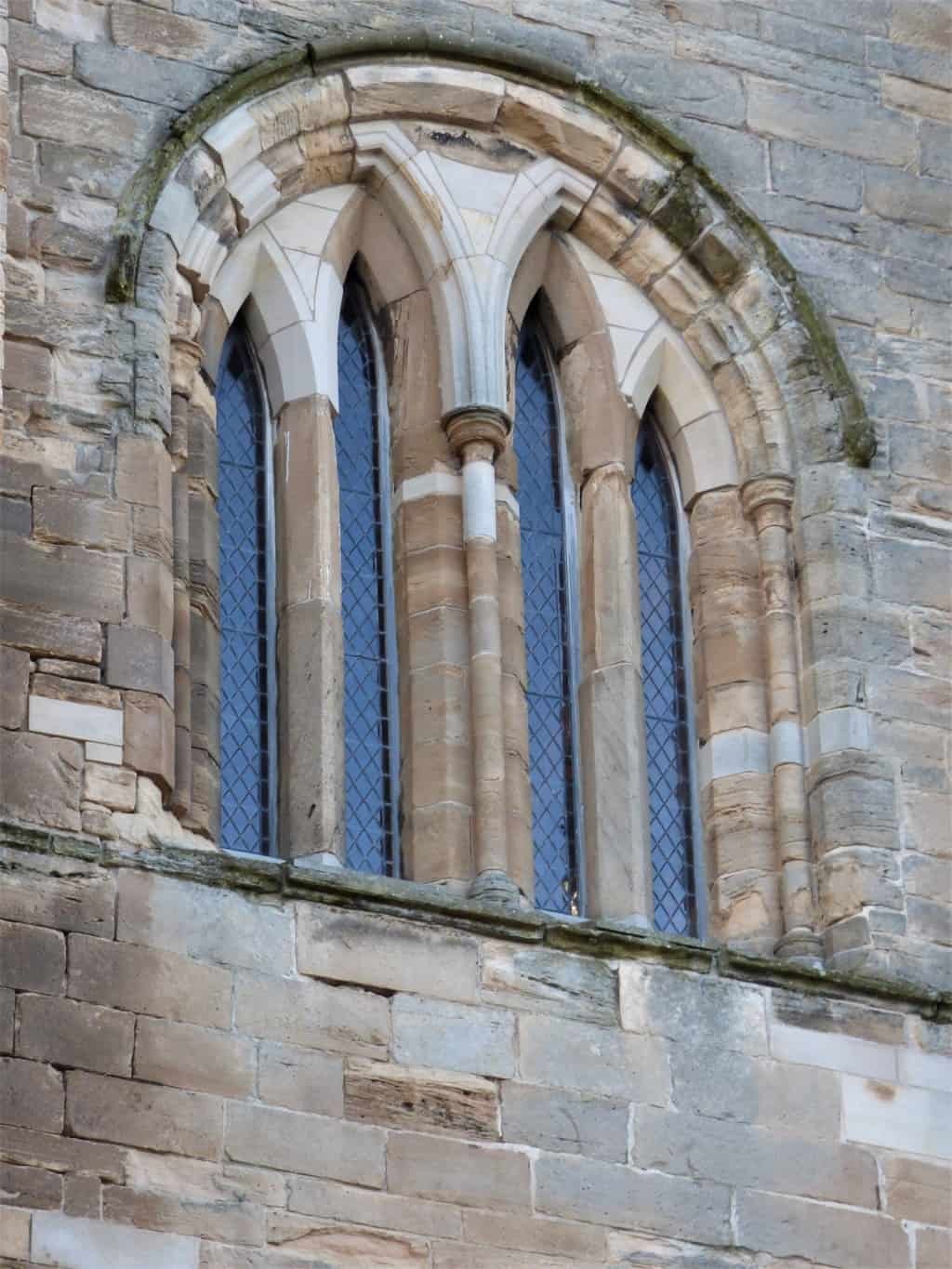

Across the road from the cathedral is the ‘Biblical Garden’…
From the website: “The creation of the garden, the first of its kind in Scotland, is particularly appropriate on this site, as Moray has for over fourteen centuries played an important role in the development and changing fortunes of the church, similarly, its close proximity to Elgin’s historic cathedral, literally just over the wall make this site the obvious choice.
Whilst using the Bible as its reference point and including all one hundred and ten plants mentioned therein, together with sculptures depicting the parables, it is clearly intended that this garden as well as being of considerable interest to those who study the scriptures, will also encourage anyone who enjoys gardens and gardening, to visit.”


I forgot that today being Boxing Day (the day after Christmas), that it would be closed, but I am very much looking forward to returning on many occasions with a folding chair and a blank notebook… This place is so very inspiring…
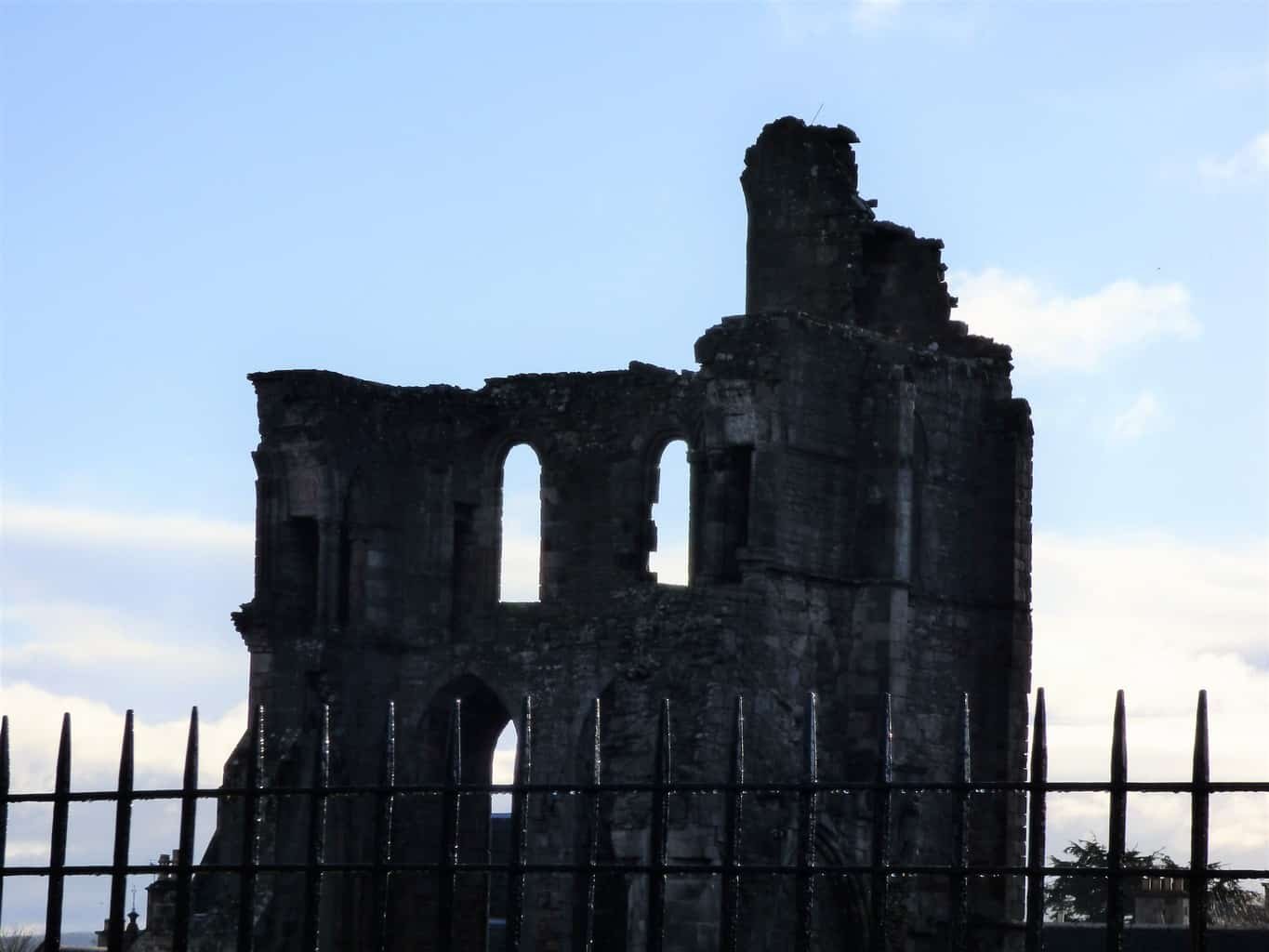





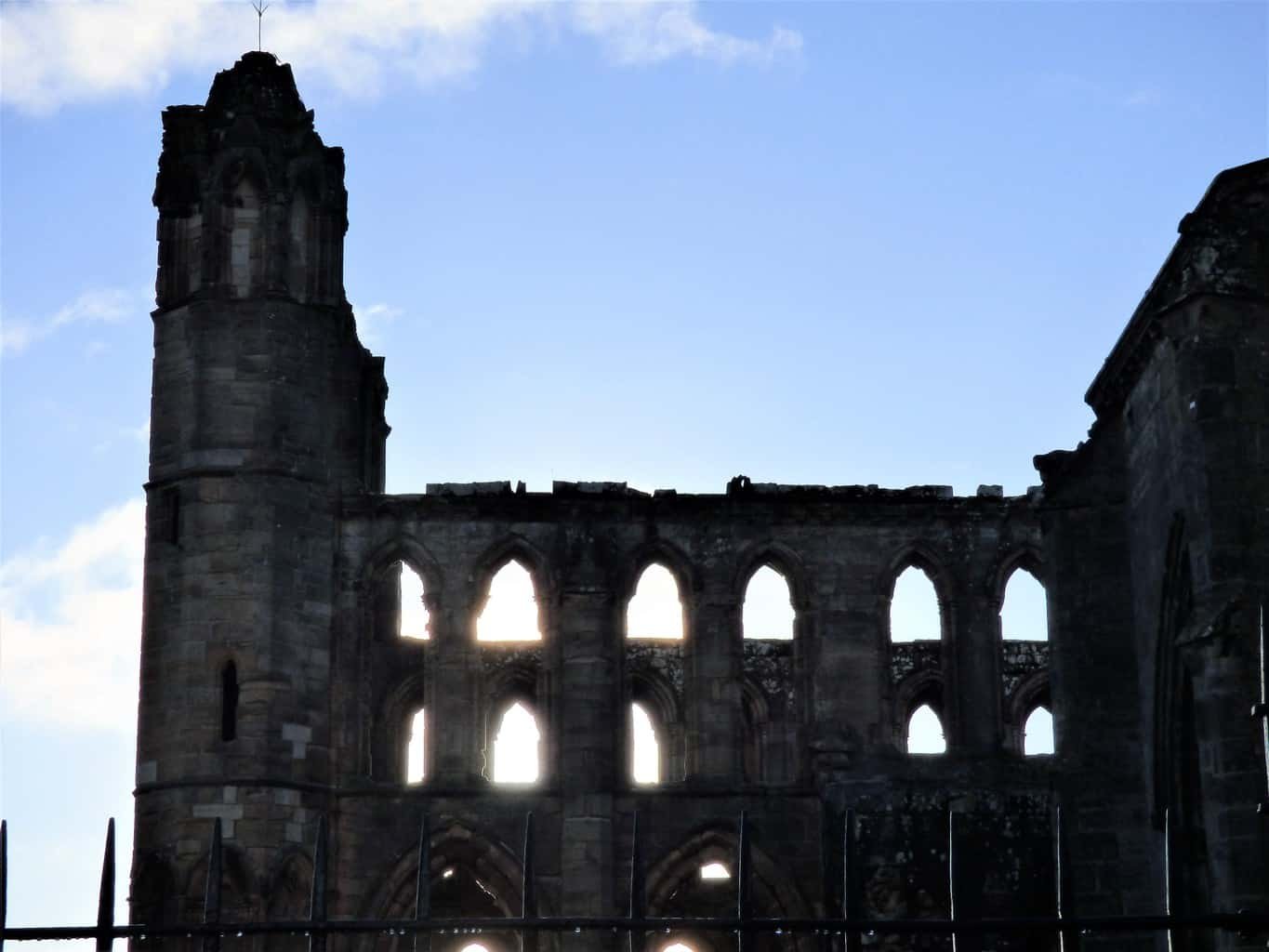
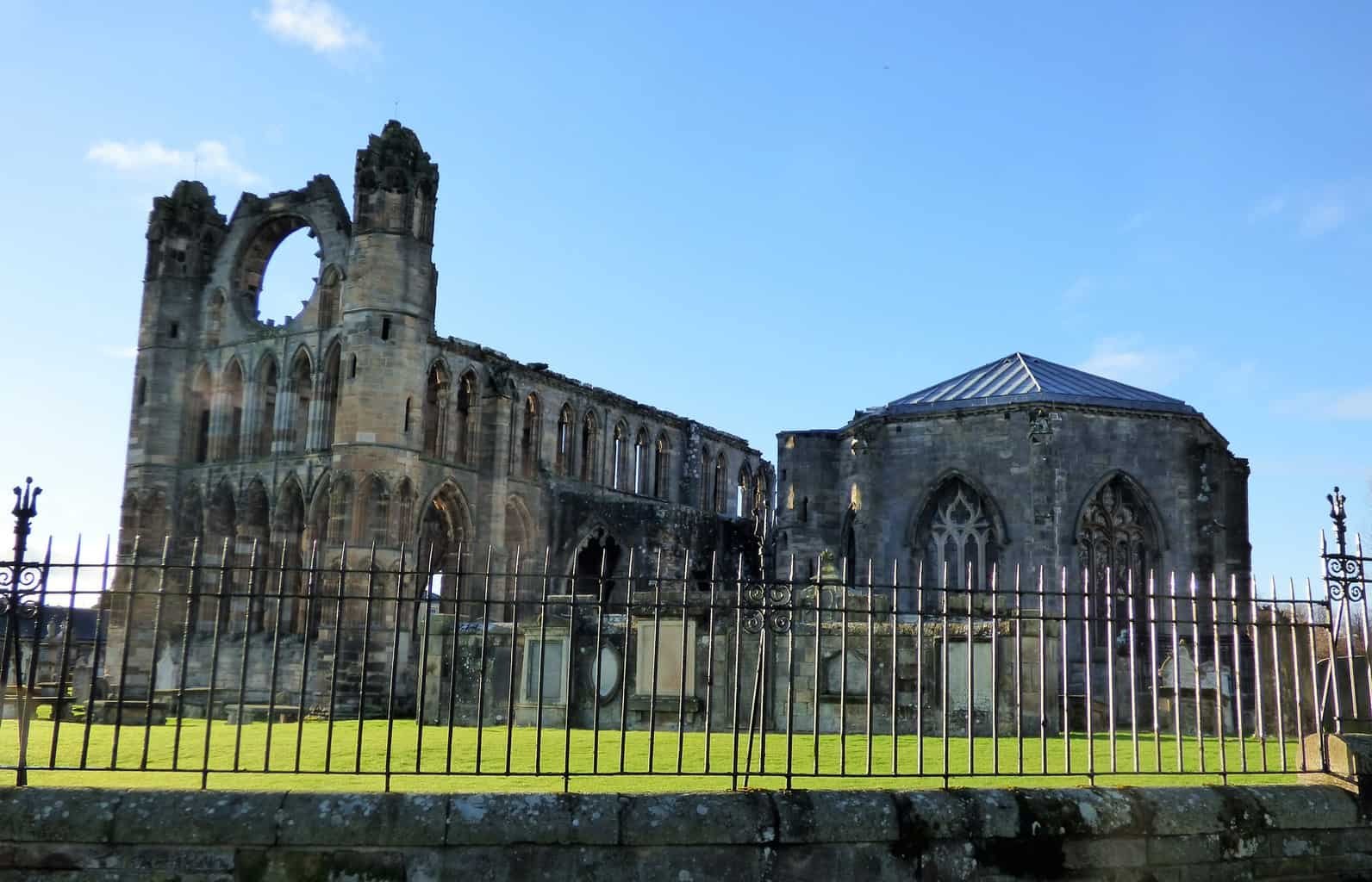


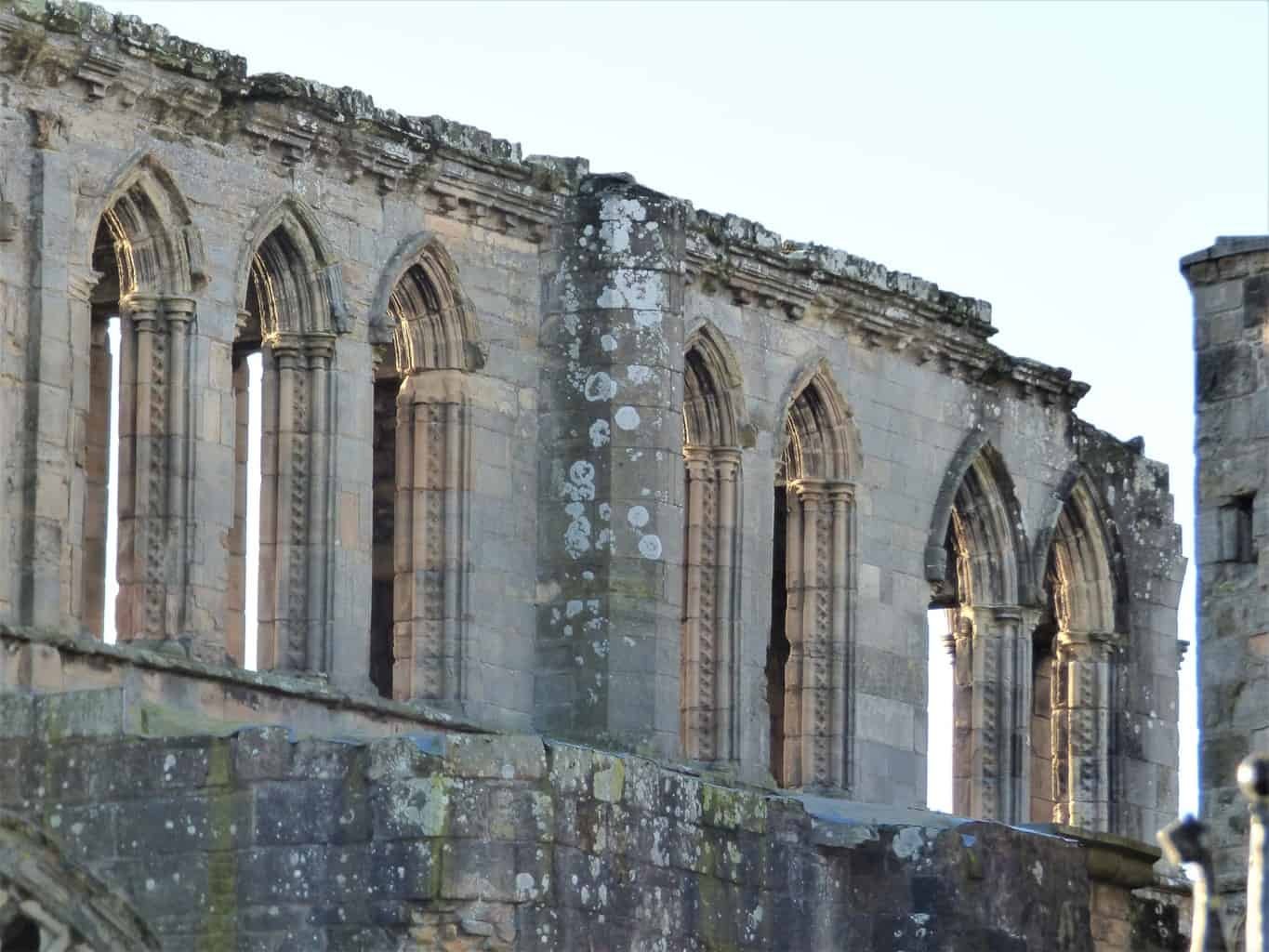

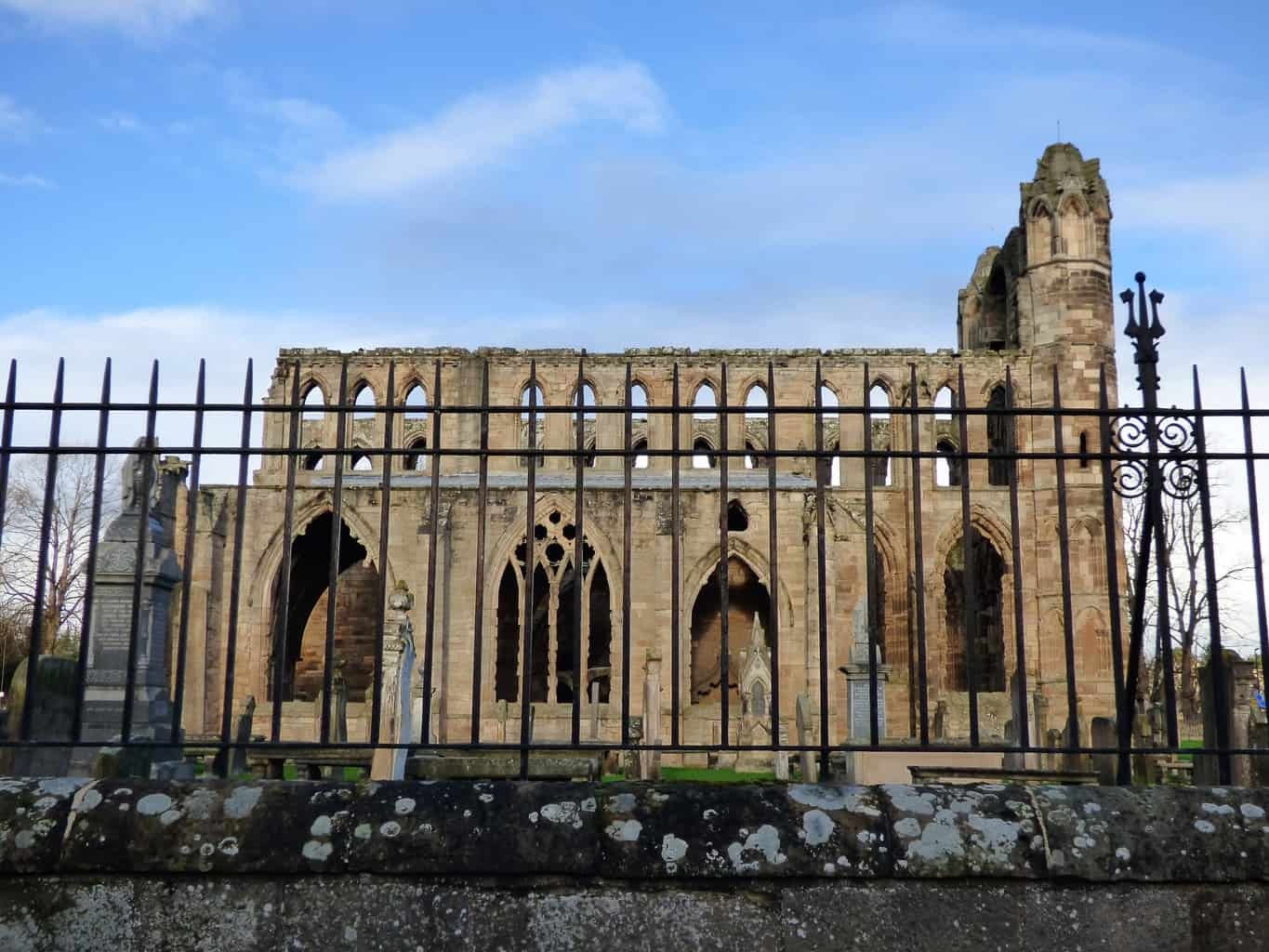


I truly didn’t want to leave Elgin Cathedral, but needs as must… so on my way to my other Scottish castle, I thought I would detour to view the Dyce symbol stones…
…but alas, the same fate awaited me… closed gates for Boxing Day… Undeterred, I again hit the road and headed for my next ‘home’ in Scotland – at least for the next week or so…


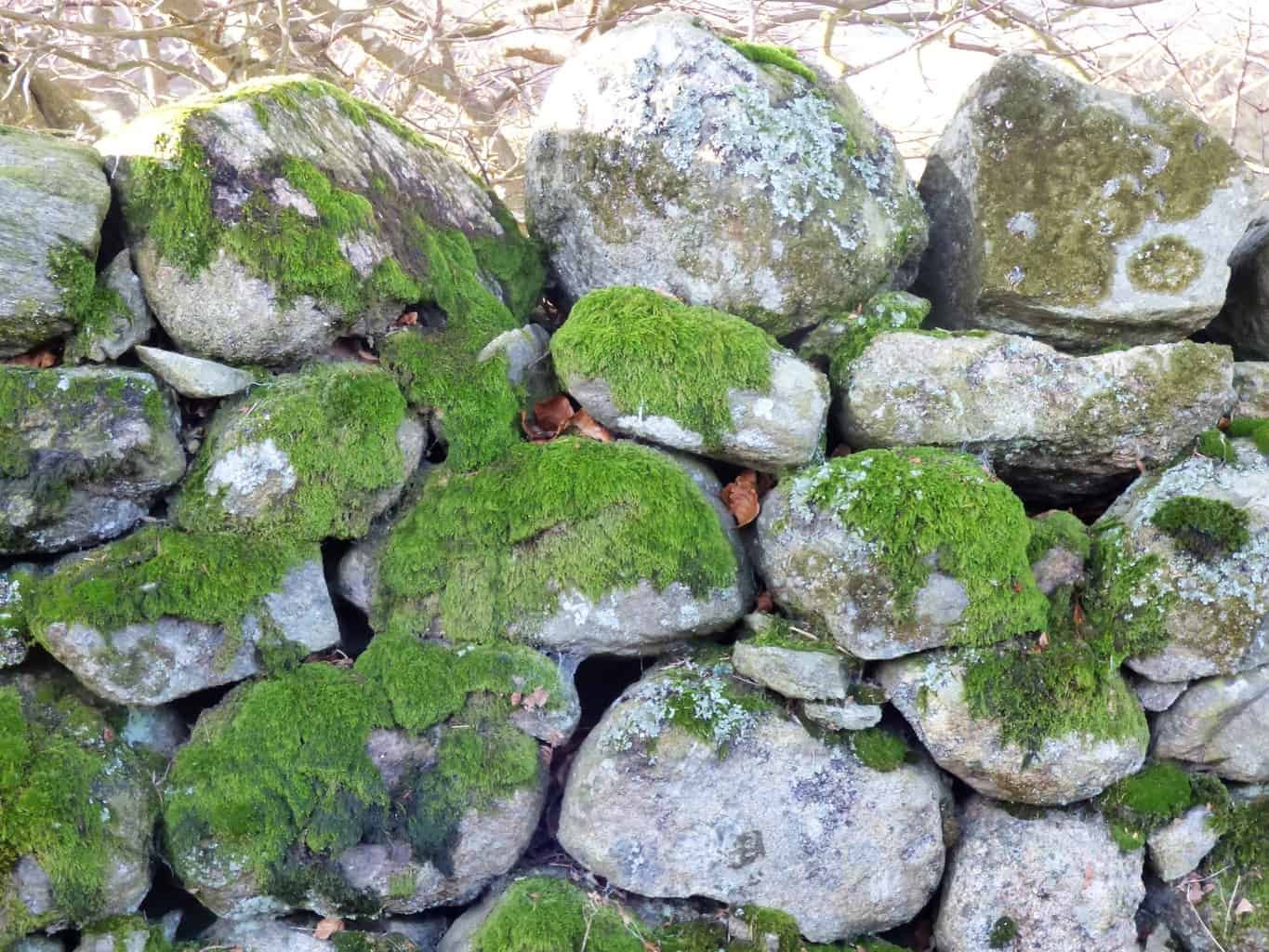
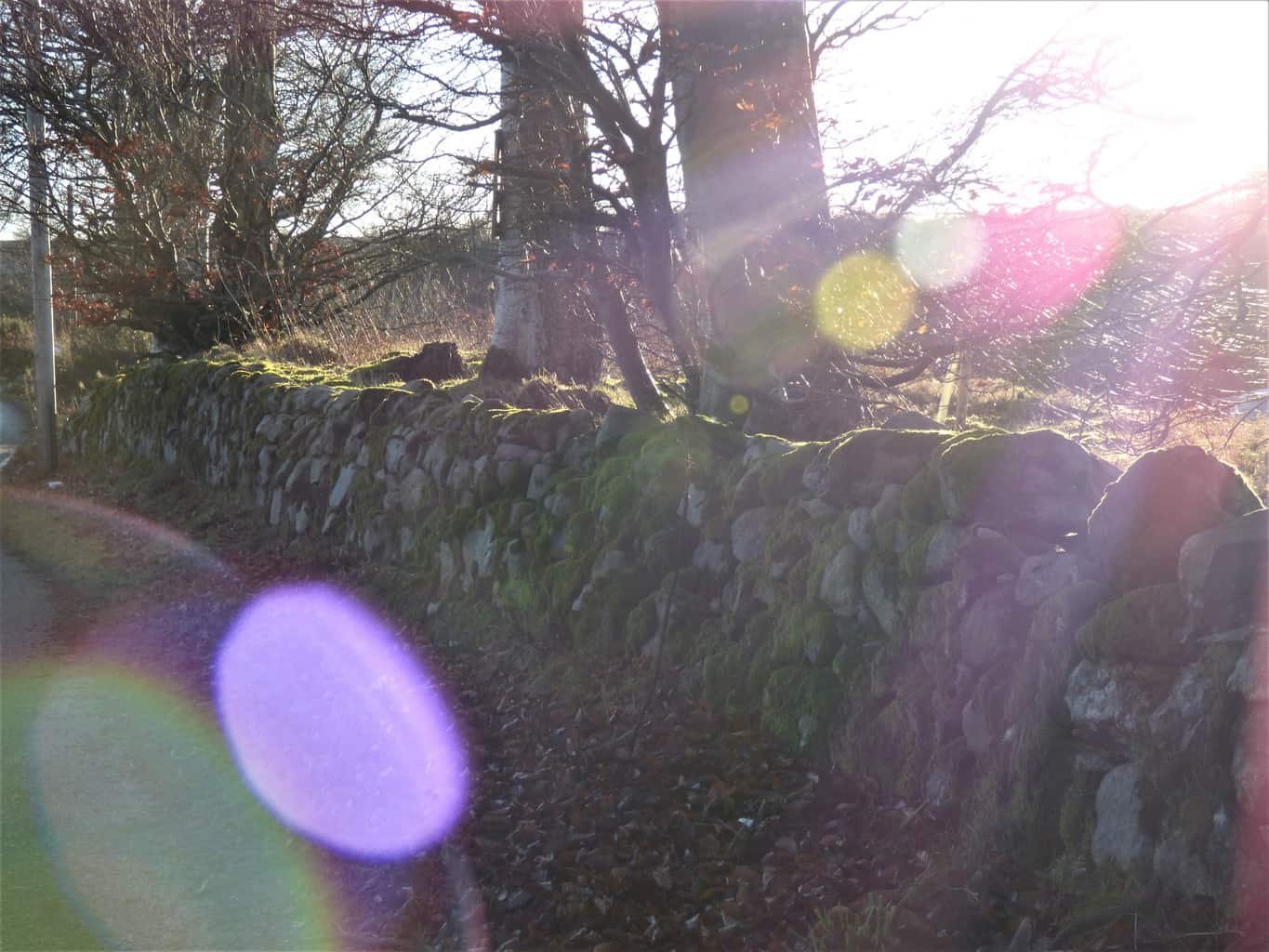

Welcome to my home away from home… Ardoe House…

I’ll give you more information on this place later… For now I have some work to get done…
Sending love and smiles to all…
~ Bella



